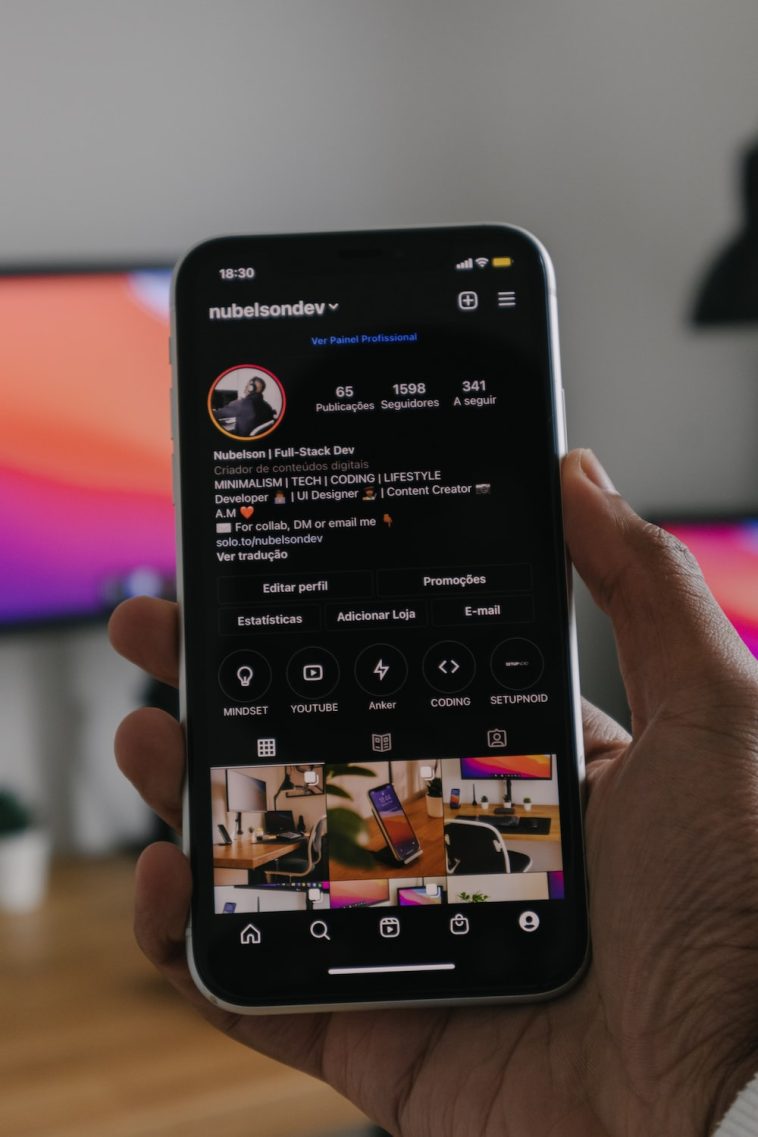So, you’ve created a digital product—maybe an ebook, online course, template, design, or software tool.
First of all, congrats. That’s no small feat. But now comes the part that most people find even harder than creating the product itself: marketing it.
This is where I see a lot of creators get stuck. They’ve built something valuable but aren’t sure how to get it in front of the right people. It just sits there, collecting digital dust. Sound familiar?
Here’s the thing—marketing isn’t about being pushy. It’s about showing the right people that your product exists and explaining how it can make their life easier, faster, or better.
When it’s done right, marketing doesn’t feel forced. It actually feels like a helpful conversation.
In this post, I’m going to walk you through how to market your digital products step-by-step, using methods that actually work (without spending a ton on ads).
I’ll share tools, platforms, and real-life strategies you can use right now—even if you don’t have a huge following or email list yet.
Let’s make sure your digital product gets the attention it deserves.
Step 1: Get Clear on Who You’re Helping
Before you even think about marketing, take a step back and ask: Who is this for?
Not in a vague way like “creatives” or “business owners.” Be specific. For example:
A social media content calendar might be for busy fitness coaches who want to post consistently.
A Notion template might be for freelance writers who want to stay organized and bill clients on time.
An AI course might be for customer service reps who want to automate FAQs.
The more specific you get, the easier it is to create content, run ads (if you ever do), and attract people who are already looking for what you sell.
Tip: If you already have a few customers, talk to them. Ask how they found your product and what problem it solved for them. That language is pure gold for your future marketing.
Step 2: Create a Landing Page That Converts
Your landing page doesn’t need to be fancy. But it does need to answer these three questions clearly:
What is it?
Who is it for?
Why should they care?
A simple headline, a few bullet points on benefits (not features), and a call-to-action button (Buy Now, Download, Get Started) are enough to get going.
Tools I recommend for landing pages:
Carrd (super simple and cheap)
ConvertKit (has built-in product pages)
Notion + Super.so (for creators who love Notion)
If you’re selling through platforms like Gumroad or Lemon Squeezy, they give you a landing page by default—but you can still drive traffic to it using your own custom domain and branding.
Step 3: Start Building an Email List (Right Now)
Email is still one of the best ways to market digital products.
According to Statista, over 333 billion emails are sent every day, and people are still opening them—especially when it’s something they signed up for.
Set up a freebie (like a checklist, guide, or sample) and let people download it in exchange for their email. Then send them helpful content + product mentions over time.
Free email tools I like:
MailDrip.io (great for drip campaigns and creators)
Remember: the goal isn’t to blast people with promotions. It’s to build trust and let your product be part of the conversation.
Step 4: Use Social Proof (Even If You’re Just Starting)
Social proof helps people trust your product. It could be:
A screenshot of a happy customer’s feedback
A short testimonial
A tweet where someone mentioned your work
A simple “10,000+ downloads” stat
If you don’t have social proof yet, no worries. You can offer your product for free to 3–5 people in exchange for honest feedback or a review.
Also, create a highlight on Instagram or a pinned Tweet where you save these reviews. People check these things more than you think.
Step 5: Share Consistently (Without Feeling Repetitive)
You might feel like you’re “annoying” people if you keep mentioning your product. But most people don’t see all your posts. Social media is noisy. You need to remind people—kindly and creatively.
Here are a few post ideas:
Show how your product solves a problem
Share a tip that leads into your product
Show behind-the-scenes of how you made it
Answer FAQs or common objections
Share a customer success story
You can schedule these with free tools like Buffer, Hypefury, or Canva’s content planner.
Step 6: Partner With Other Creators
Don’t market alone. Find creators or small businesses that share a similar audience (but aren’t direct competitors), and see how you can cross-promote each other.
You could:
Guest post on their blog or newsletter
Appear on their podcast
Do a joint giveaway
Add each other’s products to a bundle
This helps you tap into new audiences that already trust the person sharing your product.
Step 7: List It on Digital Marketplaces
If you don’t want to rely only on your own traffic, digital marketplaces are a great place to be discovered.
Places to list your product:
Each platform has its own audience and ranking system. Be sure to optimize your listing title and description using words your audience might search for.
Step 8: Use Content Marketing to Build Trust
If you enjoy writing, recording videos, or making social posts, you can use content marketing to lead people to your product.
This works great for products that solve a clear problem. For example:
If you sell a budget spreadsheet, write blog posts like “How I Paid Off $10K Debt in 6 Months” and mention your tool
If you sell AI prompts for content creators, post videos showing how they can repurpose one tweet into five posts
The goal isn’t to just get clicks. It’s to help people first—and naturally lead them to your product as a solution.
Step 9: Use SEO to Your Advantage (Without Getting Technical)
You don’t need to be an SEO expert to benefit from it. Just write or talk about the stuff your audience is already Googling.
Use tools like:
Google itself (type in a question and look at “People also ask”)
Then create a blog post, YouTube video, or Instagram carousel answering that question—and add your product as a resource in the post.
Over time, this content builds trust and brings in organic traffic, especially if you stay consistent.
FAQs
Do I need to run ads to sell my digital product?
No, you don’t have to. Many creators start by using organic methods like social media, email lists, and content marketing. Once you understand what works, you can test ads later if needed.
What’s the best platform to sell digital products?
It depends on your needs. I personally like Gumroad for its simplicity, ConvertKit if you already use it for email, and Lemon Squeezy for SaaS-style digital products. But all work well.
I’m not good at selling—what should I do?
Focus on helping, not selling. If your product solves a real problem, just talk about that problem, share how you solved it, and invite people to check it out. People can feel when something is genuine.
Final Thoughts
Marketing your digital product doesn’t have to feel overwhelming, fake, or complicated. It’s really about knowing who you’re helping, making sure your product is visible, and showing up consistently with value.
You don’t need a huge budget, a massive audience, or perfect branding. You just need a real solution, a bit of strategy, and a willingness to talk about what you’ve built.
So here’s my question for you:
What’s one small step you can take today to market your digital product more confidently?





GIPHY App Key not set. Please check settings